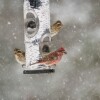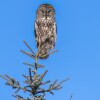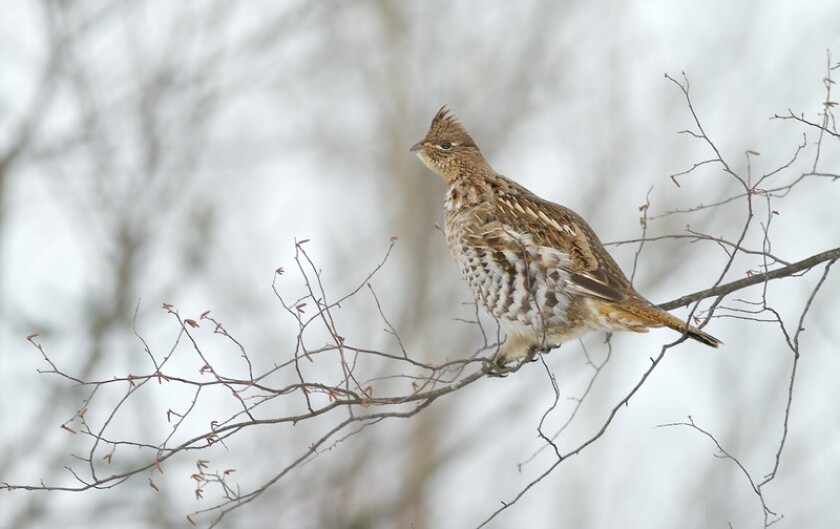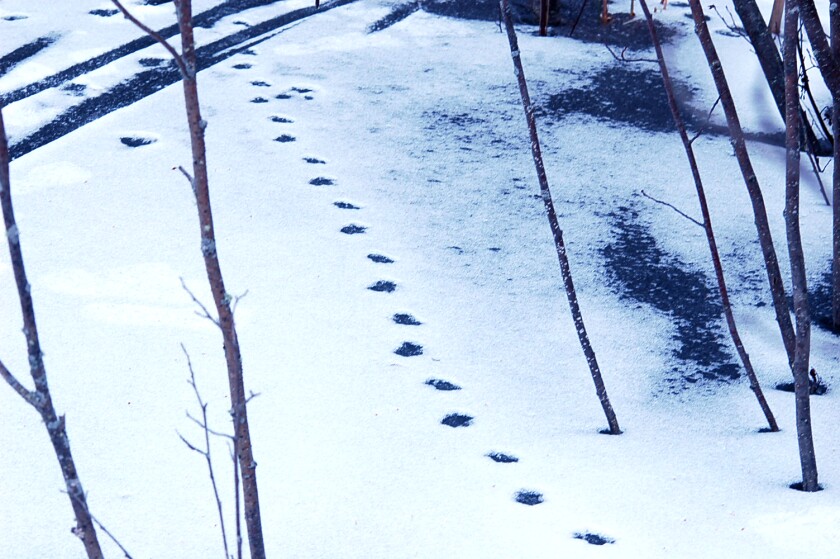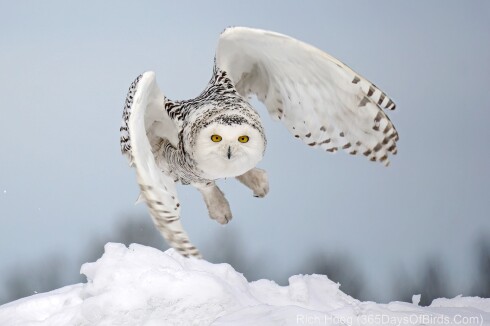This is the time of year that we note annual events. Whether it is the human holidays or the astronomical phenomenon of nature, winter solstice, the beginning of earlier sunrises or perihelion (the time that our planet is closest to the sun during our annual trip around it), we do see regular occurrences.
One that nature observers have adopted as regular for winter is the Christmas Bird Count. It usually happens around Christmas time, but otherwise, this event is not Christmas-related. It is a winter bird count.
ADVERTISEMENT
Each year, there is a period, usually about three weeks, for this to happen. This year the allotted days were from Dec. 14 to Jan. 5. Each locality conducting such a count chose a day during this timeframe.
Groups of volunteers go into the count site, a circle of 15 miles in diameter, and record all the birds seen and how many. There are several Christmas Bird Counts in the Northland. The Carlton County count Jan. 2 was one of the last ones.
After a period of mild and wet weather and plenty of fog at the end of 2024, the weather was again cold on the day of the count: 10 degrees at 7 a.m. With mostly clouds and some light snow, the evening warmed to 15 degrees with a west wind.
Our team of a dozen volunteers spent the day wandering in the Carlton County count circle. Centered southwest of Carlton, this circle includes Cloquet, Carlton and Wrenshall. It also includes Jay Cooke State Park, the Cloquet Forestry Center, Blackhoof Wildlife Management Area, parts of the St. Louis River and many lakes. Walking or driving, volunteers searched the sites and many bird feeders were also observed.
This count has been going on for nearly 40 years and typically, it garners about 30-35 kinds of birds. This year was reported to be fairly normal with 31 species seen, including hundreds of individuals. The count also accepts other birds noted three days before or three days after.
Raptors were represented by nine bald eagles and three rough-legged hawks in addition to two barred owls.
Among the gallinaceous birds (chicken-like birds) were 80 turkeys and one ruffed grouse.
ADVERTISEMENT
Despite open spaces of the St. Louis River, none of the usual goldeneye ducks were observed.
Other birds noted included 90 crows, 88 ravens, 91 blue jays, 49 mourning doves, 538 rock doves (pigeons), 290 black-capped chickadees, 20 white-breasted nuthatches, 43 red-breasted nuthatches and five predaceous northern shrikes.
Woodpeckers included 21 downy woodpeckers, 28 hairy woodpeckers, 12 red-bellied woodpeckers and nine pileated woodpeckers.
In some crab apple trees and lawns nearby were 417 starlings.
There was a good variety of finches at feeders and elsewhere: 128 goldfinches, 82 purple finches, 107 pine siskins and only eight redpolls, often hard to see this early in winter. Other finches were also sporadically noted: five cardinals and two house finches.
In the conifers of pines and spruces were 86 white-winged crossbills and 37 red crossbills.
A few kinds of sparrows were counted: six tree sparrows, 15 juncos and 20 house sparrows.
ADVERTISEMENT
A surprise was the sighting of two black-billed magpies -- frequently seen in Sax-Zim Bog, but unusual for Carlton County.
Overall, it was a good day to get out and see what birds are wintering with us. Black-capped chickadees with nearly 300 individuals topped the list as the most abundant of the native birds. This has happened in other years as well.
We have much more winter to go, but it is nice to know that we are not here alone.





